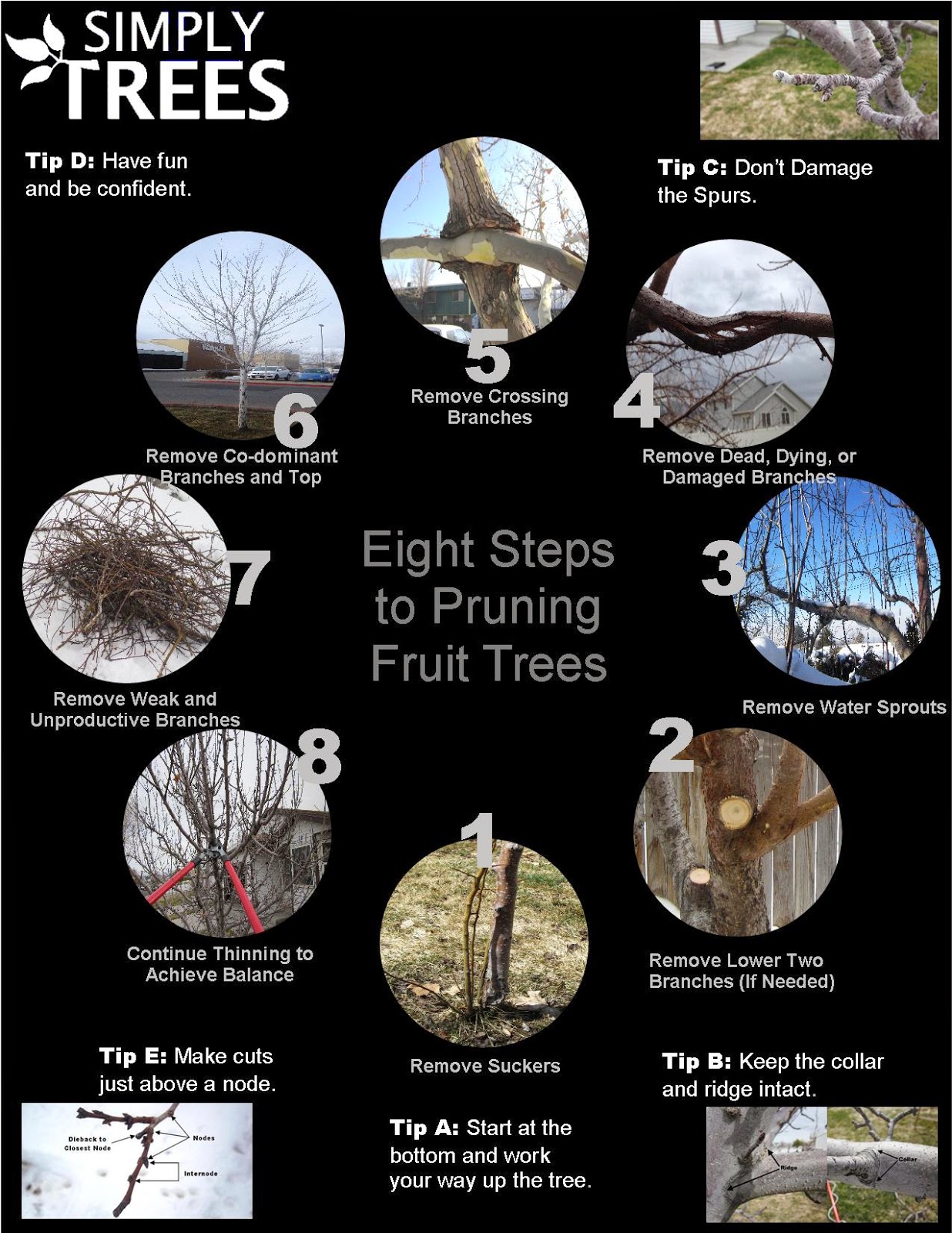Tree Conservation: Indicators That Show The Need For Elimination
Tree Conservation: Indicators That Show The Need For Elimination
Blog Article
Short Article Written By-Buckley Stryhn
If you've ever before wondered about the fate of the trees on your residential property, comprehending when it's time for removal is important. However just how do you determine if a tree can be conserved or if removal is the only option? By seeking specific signs and reviewing safety and security risks, you can make informed choices that benefit both your landscape and your surroundings. Let's explore the vital factors that come into play when deciding the destiny of a tree and how you can make sure the most effective end result for your environment-friendly friends.
Indications of Tree Decline
If you notice any of the following indicators of tree decrease in your yard, it might be time to take into consideration tree removal.
One common sign is dead or decaying branches, which can indicate underlying issues influencing the tree's wellness. Look out for blemished or wilted fallen leaves that persist despite having proper care, as this could be a sign of disease or insects.
Another warning signal is extreme leaning or a noticeable shift in the tree's base, which may recommend root concerns or architectural instability. Keep an eye out for fungal development on the trunk or roots, as this can suggest rot and endanger the tree's security.
Additionally, if you observe huge fractures in the trunk or major arm or legs, it's critical to attend to these concerns immediately to prevent prospective threats. Resolving these indications of tree decrease quickly can assist keep the safety and security and visual appeals of your backyard setting.
Security Worries
To make certain the well-being of your residential property and those around you, focusing on safety and security issues associated with trees is extremely important. Trees can present different safety threats otherwise effectively kept. Dead or decaying branches might drop unexpectedly, jeopardizing individuals or damaging frameworks.
Leaning trees can also be harmful, specifically if they're leaning towards a building or power lines. Additionally, trees with substantial origin systems near foundations or underground utilities can cause significant damage over time.
It's crucial to frequently evaluate your trees for any indicators of prospective risk. Keep an eye out for splits in the trunk, large dental caries, or signs of condition and degeneration. If you discover any of these concerns, it's ideal to seek advice from an expert arborist to examine the situation and determine the needed course of action.
Taking proactive actions to attend to safety and security concerns without delay can prevent accidents and residential or commercial property damage in the future. Bear in mind, the safety of your residential property and those around you ought to always be the leading concern when it pertains to tree upkeep.
Consulting an Arborist
When thinking about the health and safety of your trees, consulting an arborist is an important action. Arborists are trained experts that specialize in the treatment and upkeep of trees. They can assess the overall wellness of your trees, identify any type of problems such as conditions or architectural issues, and provide professional referrals on the most effective strategy.
By seeking advice from an arborist, you can receive useful insights into the problem of your trees and figure out whether elimination is required. Arborists have the understanding and experience to assess the dangers associated with keeping a tree versus removing it. They can likewise offer guidance on different options, such as trimming, cabling, or supporting, to assist maintain the tree whenever possible.
Additionally, https://www.savannahnow.com/news/20200228/georgia-transportation-officials-continue-i-16-tree-removal can aid you navigate any kind of regional laws or permits that might be needed for tree elimination. Their knowledge can ensure that the process is carried out safely and in compliance with any kind of appropriate laws.
Final thought
Finally, when determining whether trees can be saved or if elimination is necessary, it is very important to think about indications of decrease and safety worries. Consulting an arborist for a comprehensive evaluation is crucial in making the best decision for the tree's wellness and potential hazards. Remember, proactive care and prompt activity can help maintain trees and stop mishaps.
